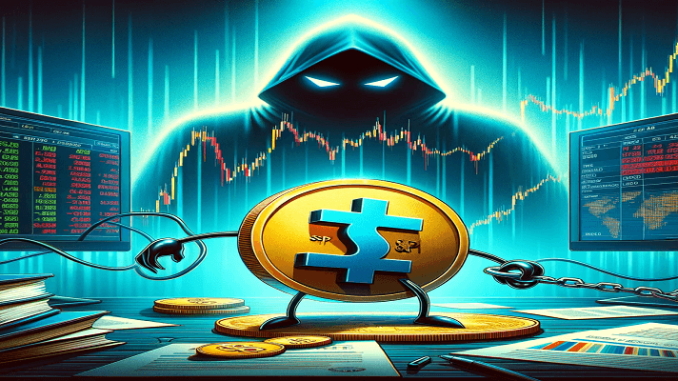
Tether, the company behind the world’s largest stablecoin, has minted an additional 1 billion USDT, according to a recent alert from Whale Alert on X (formerly Twitter).

Paolo Ardoino, Tether’s CTO and new CEO, clarified that these new tokens are “authorized but not issued,” indicating that they are prepared for future issuance requests and chain swaps, specifically on the Ethereum blockchain.
This move by Tether is akin to the traditional financial practice of inventory replenishment, where companies stock up on goods in anticipation of future demand without causing surplus inventory. In Tether’s case, this involves creating new USDT that are stored in the company’s treasury as reserves, not immediately released into the market, and therefore not part of the USDT’s total market capitalization.
As of December 26, 2023, data from the Tether Transparency page shows that there are $925 million in USDT authorized but not yet issued on Ethereum. This action is not new for Tether; a similar minting process occurred in September 2023, involving the Tron network, where Ardoino stated a similar intent for the minted USDT.
However, these transactions have raised eyebrows among some industry observers, with skepticism about the transparency of Tether’s practices. Some commentators have questioned the decision-making process behind these large mints and suggested potential impacts on the Bitcoin market, drawing speculative links between Tether’s USDT issuance and Bitcoin price movements.
Despite these concerns, Tether has seen substantial growth over the past year. Its market capitalization has increased by nearly 38% since January, reaching new highs. The latest minting spree included 1 billion USDT on the Tron blockchain on November 10, closely following another 1 billion USDT issuance on Ethereum on November 9. Additionally, Tether issued 2 billion USDT in two separate transactions on the Tron blockchain on November 3 and October 19.
This growth has been partly attributed to market excitement around the potential approval of a spot Bitcoin exchange-traded fund and Tether’s increasing involvement in Bitcoin-related activities, including plans to purchase Bitcoin for its reserves and launching Bitcoin mining operations.
Earlier this month, S&P Global Ratings expressed concerns about the ability of Tether (USDT) to maintain its peg to the U.S. dollar, reserve transparency, risk appetite, and more.
In its newly introduced Stablecoin Stability Assessment, Tether, the world’s largest stablecoin by market capitalization, received a score of 4 out of 5, indicating a “constrained” capability. A score of 1 represents the strongest ability to maintain value relative to a fiat currency.


